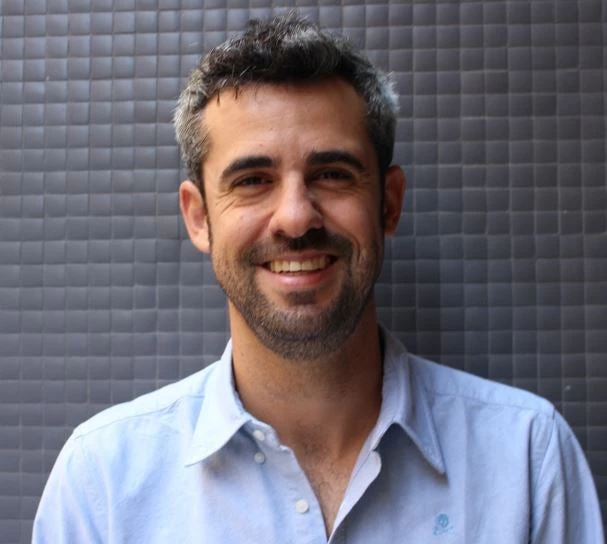
Photo: Simone D. McCourtie / World Bank
Investing in people starts by ensuring that graduates leave school with strong basic/foundational skills, such as in reading and mathematics. Such skills are critical for subsequent study, for quickly finding a first job, and for adapting to continuous technological change. But are countries in the EU ready to face that challenge?
Populations across many countries in the European Union (EU) are aging and shrinking.
The Baltic countries and Bulgaria have seen their populations decline by more than 15 percent since 1990, Croatia by 10 percent, and Romania and Hungary by more than five percent.
Population projections suggest that this trend will continue and even accelerate. Unless adaptive policies are adopted, declines in the size of the labor force risk undermining economic growth while aging populations will add to fiscal pressures through greater reliance on old age pensions and health services.
A recent World Bank report argues that countries can minimize economic and social consequences of demographic change by investing in people. This will ensure that current and future cohorts of workers are healthy, well-skilled, and can be productively employed throughout longer working lives.
We recently analyzed data from the Program for International Student Assessment (PISA) to examine how well education systems in Bulgaria, Hungary, Poland and the Slovak Republic teach foundational skills. PISA measures the skills and knowledge of 15-year-old students in reading, mathematics and science. The results are of concern. First, significant numbers of young people today risk graduating from secondary education without minimum literacy and numeracy skills. For example, more than a third of Bulgarian, Cypriot, Romanian and Greek 15-year-olds perform below Level Two in the PISA mathematics assessment (see Figure 1). It’s the same for more than a quarter of their peers in Croatia, Hungary, Slovak Republic, Sweden, Lithuania, Portugal and Italy. Students who score below Level Two can effectively be considered as functionally innumerate. The picture is similar for reading literacy.
Second, we find that poor performance in PISA is often strongly concentrated among students from poor socio-economic background and in certain types of schools. Take the example of Hungary, where mean PISA scores are close to the OECD averages, but where the average score gap between students from the top and bottom socio-economic quintiles is the equivalent of more than three years of schooling (as opposed to the OECD average of two years of schooling).
Our analysis shows that 15-year-olds from socio-economically disadvantaged background are disproportionately attending vocational schools and vocational secondary schools where quality is significantly below general secondary schools.
Figure Two summarizes, in a single picture, how students from different socio-economic strata in Hungary distribute into different educational tracks and achieve widely differing levels of cognitive skills as measured by PISA mathematics scores, with gaps representing the equivalent of multiple years of schooling. This highly inequitable picture looks similar for the Slovak Republic and Bulgaria, which share Hungary’s practice of selecting students early into general and vocational education tracks.
Source: World Bank Staff estimates using PISA 2012 data. Notes: The 2012 PISA sample for Hungary contained 204 Schools. For the purposes of this chart basic education schools (49 schools with very few observations each) and schools with less than 12 students in secondary (7 schools) were removed, leaving 149 schools. 40 points is the equivalent to what an average students learns in a school year. PISA’s Index of Economic, Social, and Cultural Status (ESCS) is a measure that takes into account information reported by students on their family’s wealth and occupational, educational, and cultural background. OECD averages of ESCS index and PISA Math Score are 0 and 500 respectively. The ESCS school average is calculated by computing the weighted average of student’s ESCS at each school.
An opposing picture is that of Poland. In the first PISA test in 2000, mathematics scores by school type and average student socio-economic background in Poland looked similar to those in Hungary in 2012, with three different school streams at age 15.
By 2012, Poland’s aggregate score increased significantly and the share of poorly performing students declined. Why? Poland adopted a comprehensive set of reforms which included the delayed selection of students into general and vocational education tracks; the introduction of standardized examinations at the end of primary, lower and upper-secondary education; significant transfer of responsibilities from the central to the local governments; a reformed curriculum; and freedom for teachers to choose textbooks and investment in their professional development. We think that there is a lot to learn from this experience.
Education systems across the EU produce too many young people who are unprepared for a fast-changing job market. Rather than acting as engine of social mobility, they appear to contribute to cementing and perpetuating socio-economic disadvantage. That is bad for affected individuals and, in the context of population aging and decline, it is also bad for the economy. However, solutions are also there; just take a look at Poland.
Find out more about World Bank Group education on Twitter and Flipboard.





Join the Conversation